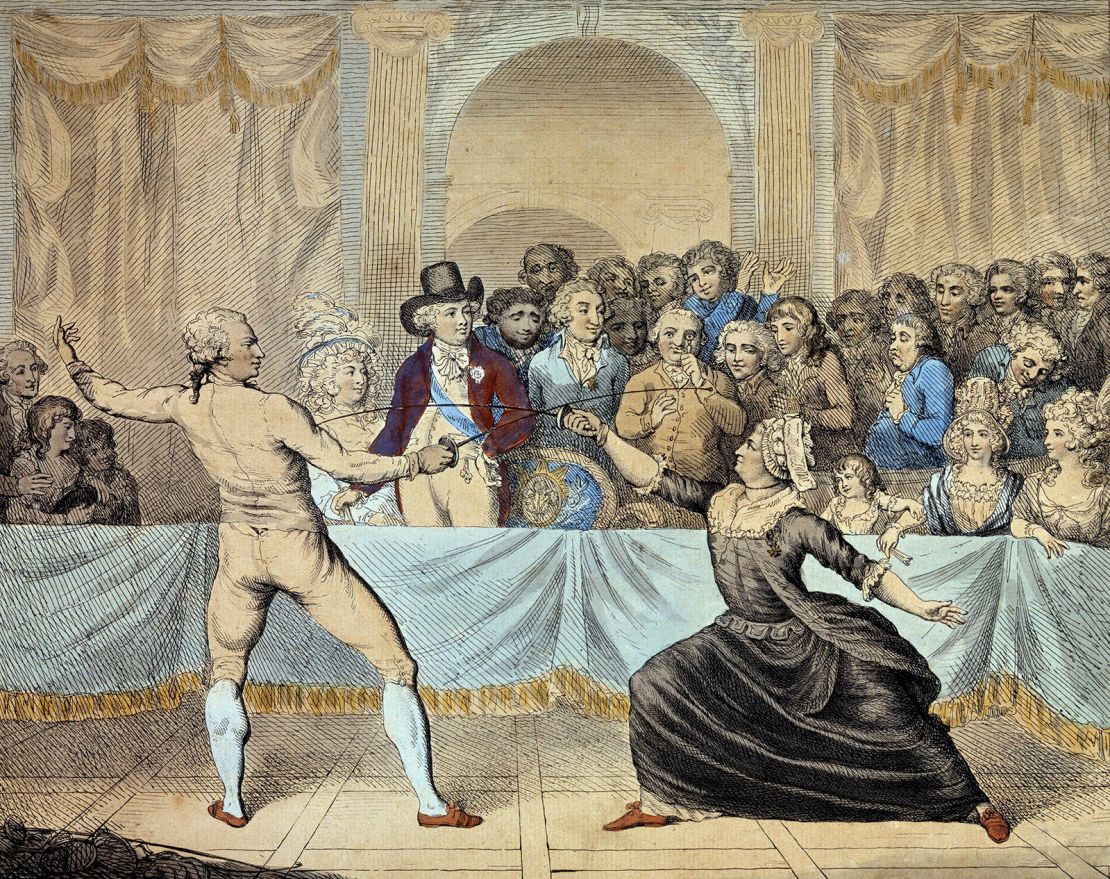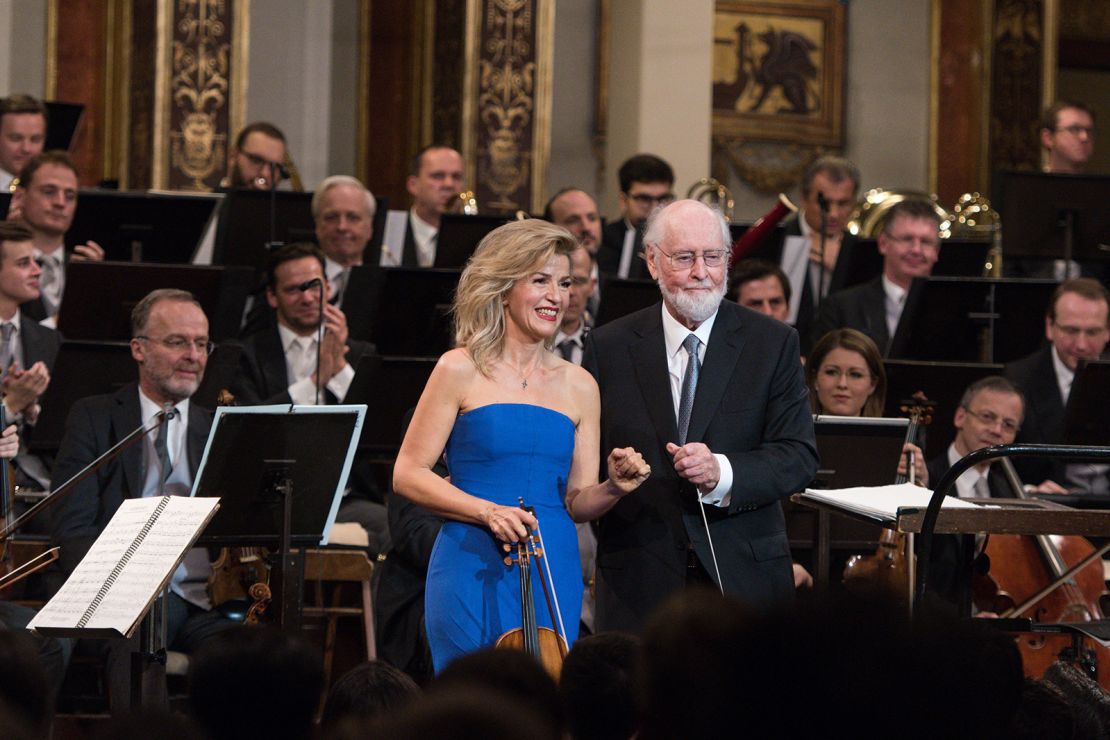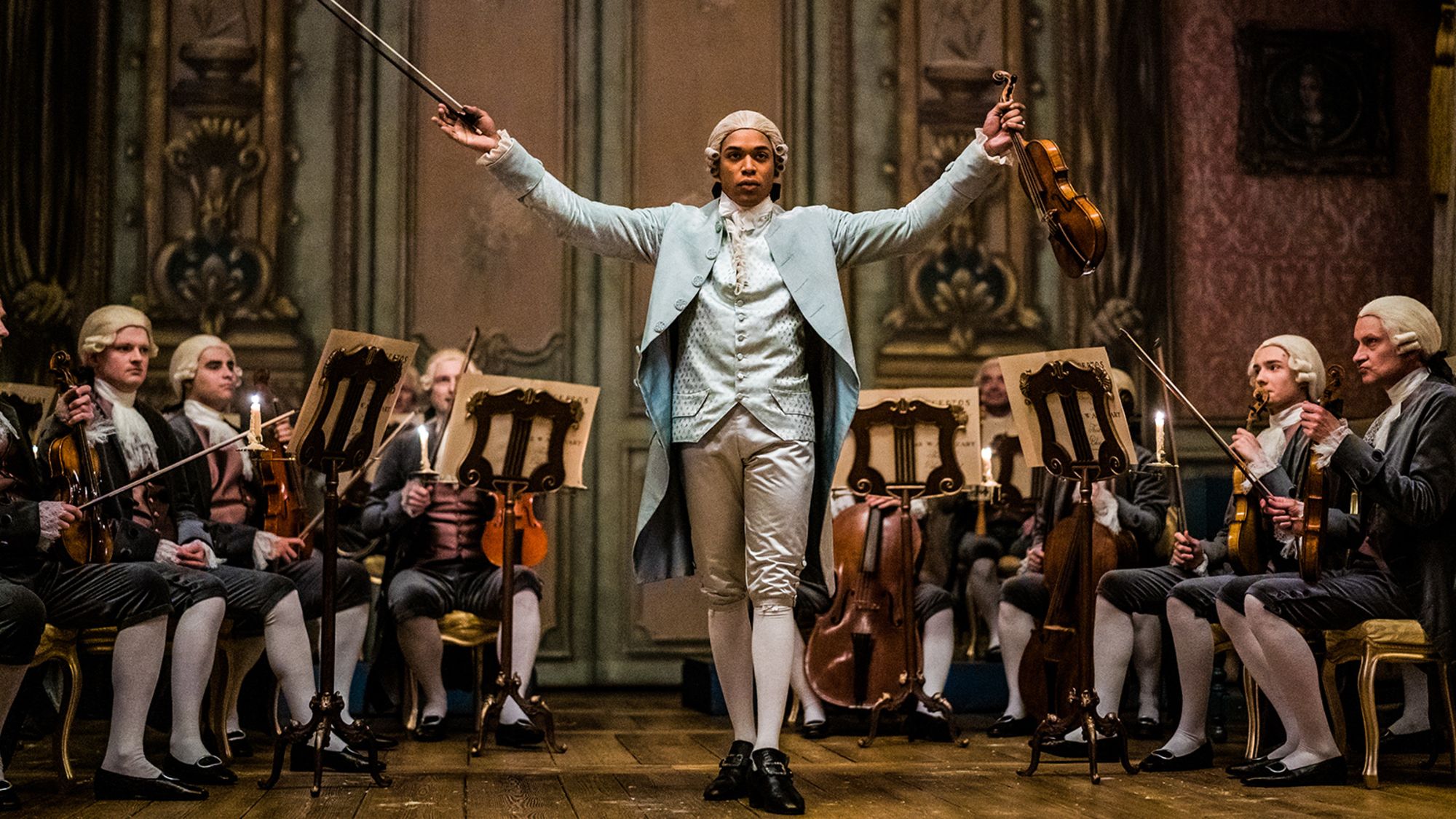Joseph Bologne, also known as the Chevalier de Saint-Georges, is not quite a household name – yet.
The 18th century Afro-Caribbean historical figure is best known as a composer, sometimes called “The Black Mozart” for his bright, virtuosic works and peerless talent on the violin. He was also the son of an enslaved woman, a champion fencer, a notorious ladies’ man, a boundary-breaking conductor and a close confidante of Marie Antoinette.
With a life like that, the drama practically writes itself. Now, more than 200 years after his death, Bologne’s remarkable story is finally reaching mainstream audiences through “Chevalier,” a film based on his life. Moreover, his works are being dusted off and championed by some of classical music’s most influential figures.
For lovers of history and music, or those who just appreciate a good yarn, this small renaissance is a taste of the fascinating fruits that are borne when we strive to keep the stories of diverse, under-recognized artists alive.
Chevalier had a brilliant life and legacy

Bologne is considered the first composer of color to achieve prominence in the European classical scene. He was born in the Caribbean in 1745 to an enslaved Black woman and a White French plantation owner. His father took him to France as a young boy, where he learned swordsmanship and the violin, two skills that would define his life.
Bologne was a man of firsts and opposites: He was the first Black conductor of Paris’ renowned orchestra Le Concert Olympique, and among the first Black men to lead a regiment in the French army. His charm and skill with a sword made him socially and romantically popular, but he was still beset by racism. Slavery was legal in France until 1794, and “Le Code Noir,” an edict governing virtually every part of a slave’s life, also engendered the discrimination of free people of color.
However, Bologne’s birth to a noble father shielded him from some – but not all – of this prejudice. He had powerful friends, securing a place as a musician in the court of Marie Antoinette and earning the admiration of US President John Adams, who once called him “the most accomplished man in Europe.”
And yet, history better remembers his White contemporaries.
“Chevalier was unfairly called the ‘Black Mozart,’” Bill Barclay, then-director of music at Shakespeare’s Globe, said in 2019. “It should really be in many cases Mozart who should be called the ‘White Chevalier.’”
Barclay developed a musical production around Bologne’s life that premiered at Tanglewood in Lenox, Massachusetts in 2019. It is one of several recent attempts to tell Bologne’s story to a wider audience. “Chevalier,” a new movie released Friday, brings Bologne to the big screen, with all of the sumptuous glamour and breathless drama of a premier period piece.
Kelvin Harrison Jr., who plays Bologne in the film, said it was exciting to see how this “quick, witty, funny and cool” figure translated so easily to modern times.
“He was unapologetic 100% of the time,” Harrison told ABC7 Los Angeles. “He was like the Michael Jackson of the moment. It was fun chronicling that from the 1700s and finding out how contemporary that was for us now in some ways.”
Today’s musicians give Chevalier a new path to immortality

While the film, and Harrison’s portrayal, bring Bologne to life in a new way, much work is also being done by classical music giants to make sure the composer’s legacy persists.
Music, after all, is the most enduring facet of Bologne’s life. And there is a singular alchemy to performing music that animates a life in a way no movie ever could. With the draw of a bow, the present reaches into the past, bringing with it not only art, but the joys, sorrows, challenges and triumphs of the artist.
Anne-Sophie Mutter, a world-renowned German violinist, knows the kind of magic these moments can create.
“Music is a way to live in a parallel universe without cerebral damage,” she said in a February phone interview, with a blend of practicality and esotericism.
Mutter leverages her reputation as one of the most famous living violinists to widen the accessibility of classical music and advocate for more diverse music choices within the genre.
Early this year, Mutter and her ensemble of young musicians, Mutter’s Virtuosi, embarked on a limited international tour spotlighting, among other works, Bologne’s lively “Violin Concerto in A Major.”
Learning a new piece of music is an intimate pursuit, and as Mutter familiarized herself with Bologne’s work, she recognized parts of his life in his compositions.
“I am so pleased he is coming more into the limelight,” she said. “His writing was extra inventive and modern for the time. He was an excellent athlete, and you can tell that in his music.”
“With repertoire, it’s like wine,” she continued. “Your relationship with a piece has many layers. As you move through the layers, you see clearer and it sinks into your system. And then you liberate yourself in a healthy way from the technical necessities of the piece. That is when you make music.”
Bologne and Mutter are two artists separated by centuries, circumstance and so much more. But when Mutter and her ensemble perform Bologne’s works, the string between their two worlds pulls taut, shimmering with astounding clarity.
In classical music, these magical opportunities to conjure the past have been overwhelmingly reserved for White men. That is changing, slowly, as more artists and ensembles program modern and historic works by female composers and composers of color.
“Sadly, one would think that the cultural sector really appreciates just the talent, but that’s not true,” Mutter said. “We see it in the selection of repertoire which has made it into the canon of famous pieces. We really have to look much closer and with much more passion into the quality of work. There is a lot to be detected.”
The desire to broaden the appreciation of classical music isn’t based on some vague grasp at diversity. It is a path to immortality for artists of the past, and inspiration for artists of the future. In our listening, we are given the opportunity to choose what is worth remembering, whose ideas are still meaningful, and whose stories are worth keeping alive.
On screen and on stage, Joseph Bologne’s legacy shows it’s never too late for a resurrection.
Top image: Kelvin Harrison Jr. stars as Joseph Bologne in the film “Chevalier.”

